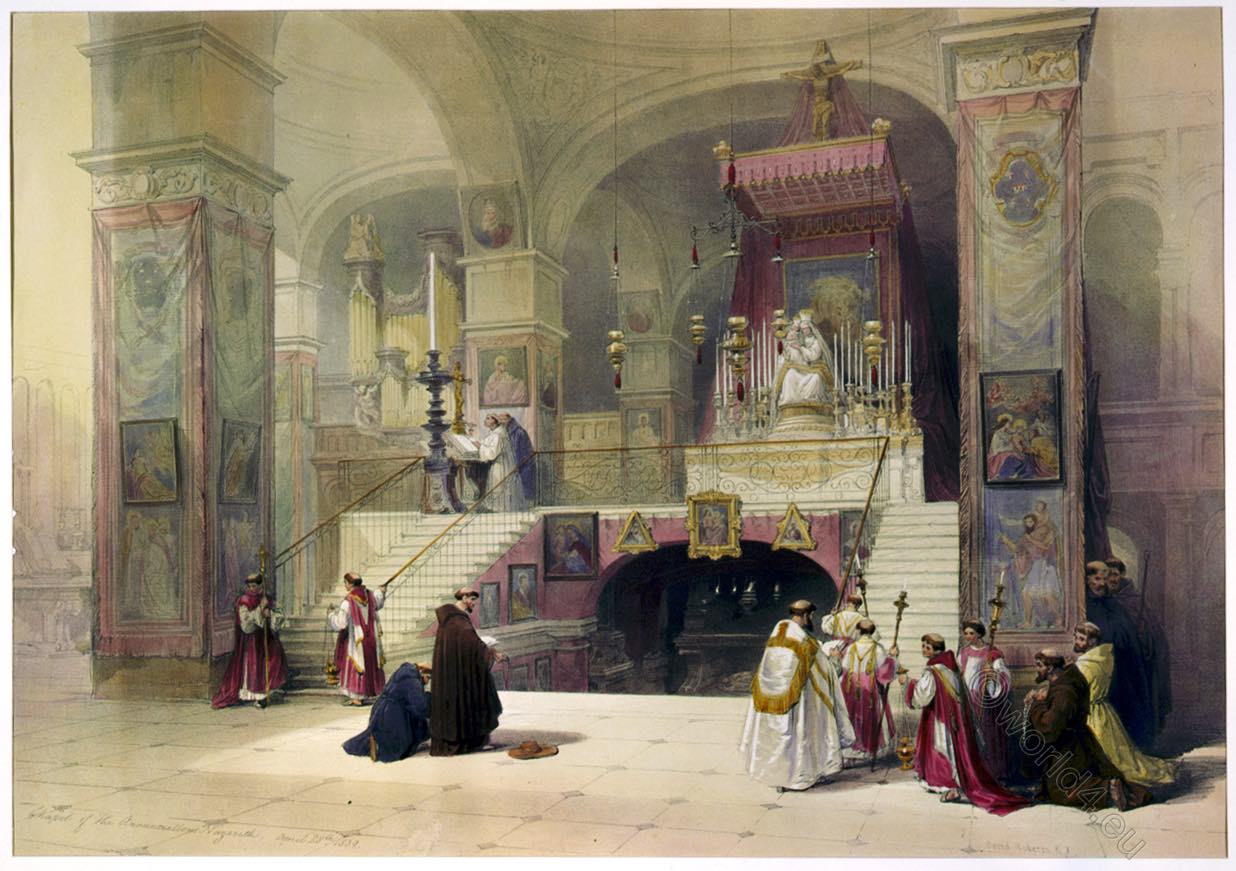The Jains, a sect founded by a teacher contemporary with Buddha, which still nourishes in northern India, and has many noble shrines, ancient and modern.
It is only within recent years that the history of this sect has been made clear to Europeans through the researches of Professors Jacobi, Bühler, Dr. Hoernle, and others. The founder, Mahavira, “the Great Hero”, was a contemporary of Buddha. Like him, he was a Kshatriya *) of noble birth. His father, Siddartha, was the head of his clan in a petty state, the capital of which was Vaisâli, about twenty-seven miles north of the modern Patna.
*) Kshatriya is the name of one of the four basic castes or varna in the caste system of Hinduism. Traditionally, the warriors and the nobles belonged to it. The root word in the ancient Sanskrit language is “kshatra”, which means “rule, power, government”.
Mahâvira was born about 599 B. C., his mother being the daughter of Cetâkâ, the king.
On the death of his father, which happened when Mahâvira was thirty years old, he, like his great contemporary, left his home and family and adopted a purely religious life, first entering the order of Paresnâth, the orthodox monastic order of his clan, and afterwards, like so many other religious devotees at that time, becoming a wandering Bhiksu, preaching new doctrines and establishing a new religious order. He imposed upon his followers the rule of absolute nudity, a rule which afterwards led to the two great divisions of the Jain sect being named the Svêtâmbaras, “the white clothed”, and the Digambaras, “the unclothed”. The name of the Jains is derived from the title of Jina, or “spiritual conqueror”, which was given to Mahâvira by his followers.
The Jains hold the same tenets as the Buddhists regarding the sacredness of all life, but differ from them in accepting the orthodox Hindu view of self- mortification by bodily penances. They believe in the separate existence of the soul, which the Buddhists deny, and worship twenty-four saints, or Tirthankars, who have finished the cycles of human existences. Mahâvira, their teacher, is considered the twentyfourth.

Jainism is the only one of the early Indian monastic orders which has handed down almost intact its tenets and organisation to the present day. The constitution of the order recognised as members, not only the monks and nuns who took the vows, but it also admitted as lay brothers and sisters all who supported the religious institutions of the Jain community.
When the Buddhist religious houses declined in influence, the looseness of the ties which attached their lay adherents to them caused the latter to revert easily to their traditional spiritual leaders. The whole organisation thus gradually broke to pieces.
The Jains, on the other hand, being a much more homogeneous body, survived the period of the Brahmin supremacy and the persecution of Mohammedan rule.
They have maintained their institutions intact for over two thousand years, while Buddhism, as a distinct sect, gradually disappeared from India and became merged in the various Vaishnavite sects which grew into prominence about the twelfth and thirteenth centuries.
Source: Benares, the sacred city: sketches of Hindu life and religion by Ernest Binfield Havell (1861-1934). London: Blackie, 1905.






